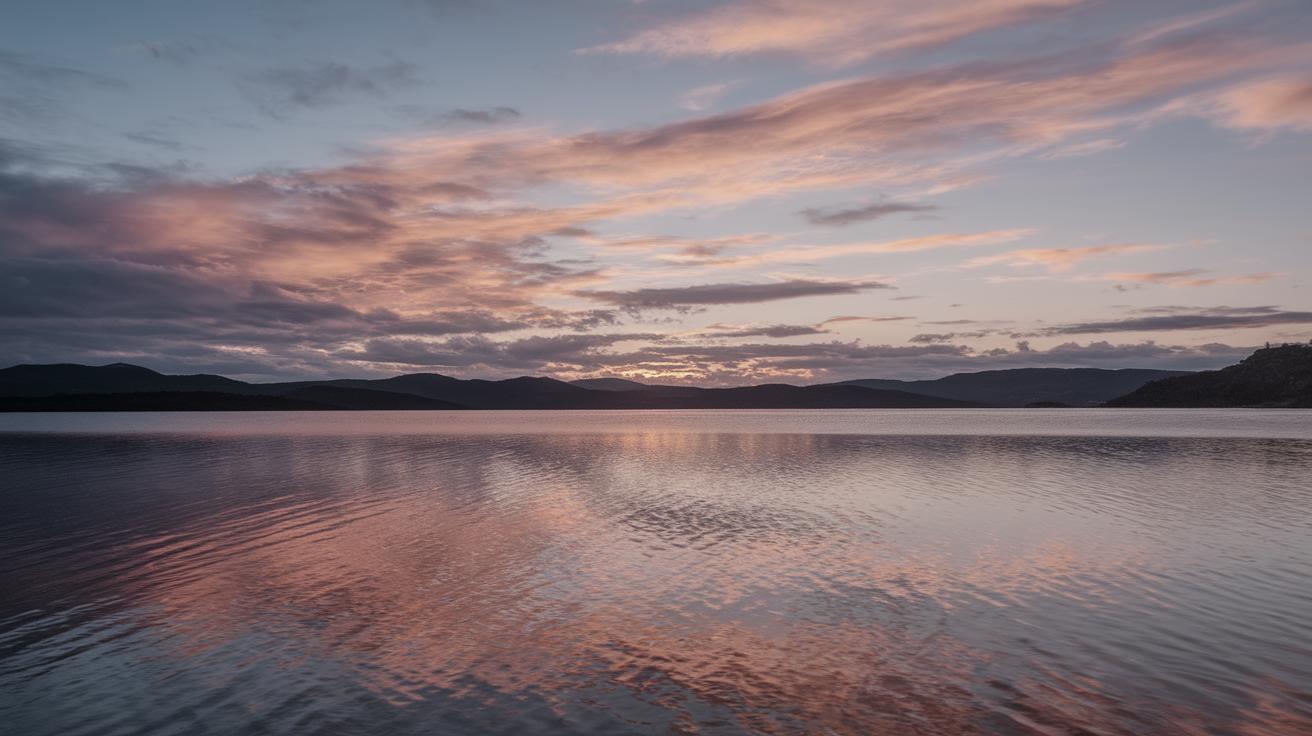Methods for Minimalist Photography
Minimalist photography strips down the clutter and distills an image to its most basic elements. It’s a compelling and sophisticated style that emphasizes simplicity and clarity. In this blog post, we will explore various techniques to achieve minimalism in photography, from using long exposure to mastering black and white imagery, enhancing color, and employing negative space. Each method conveys an essential piece of the minimalist puzzle, allowing photographers to create powerful and evocative pictures with seemingly effortless ease. Join us in discovering the art of minimalist photography and unleash your creativity by focusing on what truly matters.
What is minimalist photography?
Minimalist photography focuses on simplicity and a clear composition to convey a specific message or emotion. It is about distilling an image to its essence, highlighting a single subject or idea. Emphasizing simplicity and subtraction, this style seeks to strip away any elements that may distract or clutter the viewer’s experience.
In minimalist photography, each component within the frame serves a purpose. The careful choice of color, light, and composition aids in crafting a visually striking image despite its deceptive simplicity. The goal is often to leave a lasting impression or evoke a deep emotion with as little visual information as possible.
Example 1 – Long Exposures Photography
Long exposure photography is an excellent technique in minimalist photography that captures the element of time. By using a slow shutter speed, photographers can create surreal, dreamlike images that emphasize the flow of movement, whether it’s smooth waves crashing against rocks or clouds streaking across the sky.
This technique often results in soft, blurred images that contrast beautifully with sharply defined elements, like a lone rock or a distant horizon. It requires the use of a tripod to stabilize the camera and careful planning to ensure optimal lighting conditions and composition, allowing the subject to remain the focus amidst the blurred abstraction.
Example 2 – Black and White
Black and white photography is a classic minimalist approach that relies on the contrast between light and dark to create compelling images. Stripping away color forces the viewer to focus on elements such as shape, texture, and form, enhancing the subject’s emotional resonance and overall impact.
In black and white minimalist photography, every shadow and highlight plays a crucial role in composition. The absence of color allows for a clearer expression of mood and emotion, whether it be stark and dramatic or quietly contemplative. Photographers often turn to monochrome to explore themes of isolation, serenity, and timelessness.
Example 3 – Colour
While minimalist photography often shies away from color, carefully incorporating it can enhance the simplicity of an image. Bold, singular colors can make a striking focal point in otherwise neutral surroundings, drawing the viewer’s attention instantly to the intended subject.
Minimal use of color can highlight specific emotions or ideas, making the photograph more engaging. The key lies in using colors that complement each other and support the overall minimalist composition. A well-placed dash of vibrant color in an otherwise subdued scene can provide a compelling visual balance.
Example 4 – Negative Space
Negative space is one of the core principles of minimalist photography. It refers to the empty or unused space around the main subject of the photograph. By incorporating large areas of negative space, photographers can direct attention to the subject and create a harmonious balance within the image.
This technique reinforces the importance of the subject and can evoke feelings of loneliness, peace, or introspection. It allows for a composition that is both striking and simple, inviting the viewer to linger and contemplate the depicted scene. Photographers use negative space to create breathing room within the photograph, making the subject more prominent and impactful.
Example 5 – Sense of scale
Playing with scale is another intriguing method to achieve minimalism in photography. By emphasizing the size of the subject in relation to its surroundings, photographers can create an effective sense of scale that either highlights vastness or smallness, evoking awe or intimacy.
The use of scale can transform ordinary subjects into the extraordinary, drawing attention not only to the subject but also to the space around it. A tiny human figure set against a vast landscape or an enormous object shown in context with a small detail can present a fresh perspective, making mundane scenes intriguing and thought-provoking.
Example 6 – Still Life
Still life in minimalist photography involves capturing everyday objects in an uncomplicated setting. By isolating these objects from a busy background, photographers instill a sense of quiet reflection and stark beauty in the composition.
The careful arrangement of objects and skillful use of light can highlight simple forms and textures that often go unnoticed. This approach encourages viewers to appreciate the understated elegance and design of familiar objects, celebrating their often overlooked details.
Example 7 – People
Including people in minimalist photography introduces human emotion and relatability into the composition. Even with minimal elements, the presence of a human subject can convey a powerful narrative, drawing the viewer into the story that unfolds.
Portraits or silhouettes framed within a sparse environment allow for the depicted subject’s expression and posture to become the focal points. This method highlights the connection between humanity and simplicity, often invoking introspection or a sense of shared solitude.
Like this? – Check out similar tutorials below
If you enjoyed this exploration of minimalist photography, you might be interested in some of the following tutorials:
-
Understanding Composition in Photography
-
The Power of Light and Shadow
-
Mastering the Art of Negative Space
-
Crafting Compelling Black and White Images
-
Color Theory for Photographers
About the Author
Phil is a passionate photographer and writer with a focus on minimalist photography. With years of experience in capturing the essence of simplicity, Phil strives to encourage others to see the world from a minimalist perspective, unraveling beauty in everyday scenes. He believes in the transformative power of photography to inspire and connect people with the compelling simplicity of life.
Lessons Learned
| Technique | Description |
|---|---|
| Long Exposures | Uses slow shutter speed to capture movement and time, creating a dreamlike effect. |
| Black and White | Strips away color, focusing on contrast, shape, and form to enhance emotional impact. |
| Colour | Employs selective and bold colors as focal points to support minimalist composition. |
| Negative Space | Incorporates large empty spaces to emphasize the subject and create visual balance. |
| Sense of Scale | Highlights size relationships to evoke awe or intimacy, transforming the ordinary. |
| Still Life | Captures everyday objects in isolation to draw attention to their overlooked details. |
| People | Introduces human narrative and emotion, enhancing relatability within minimalist settings. |


